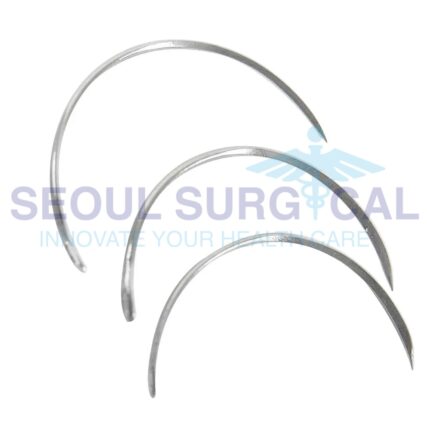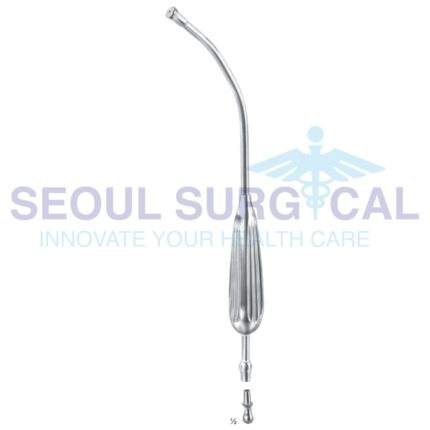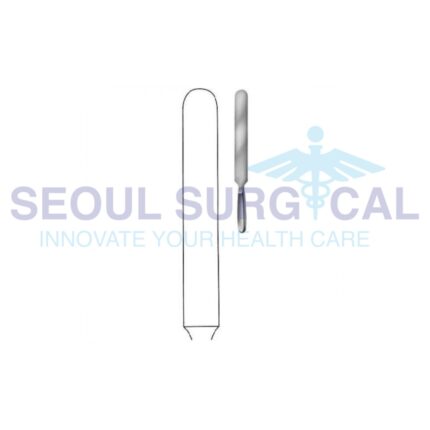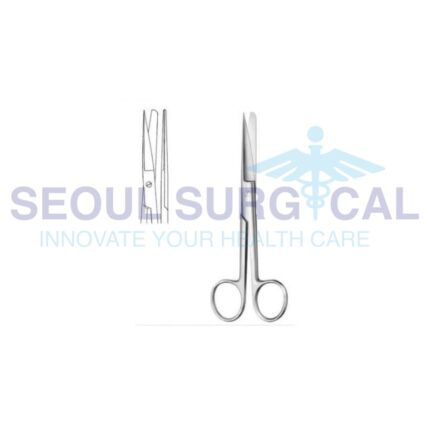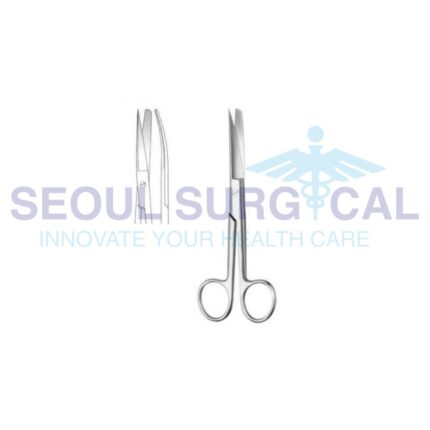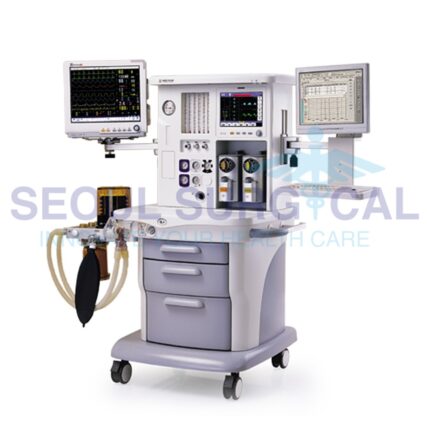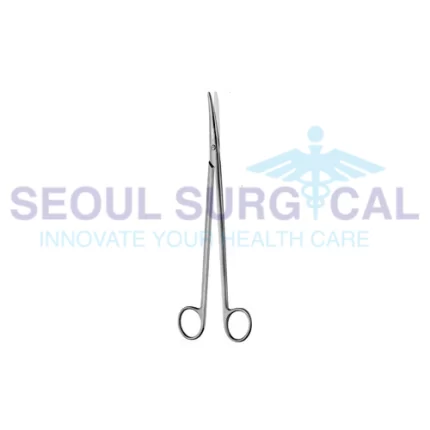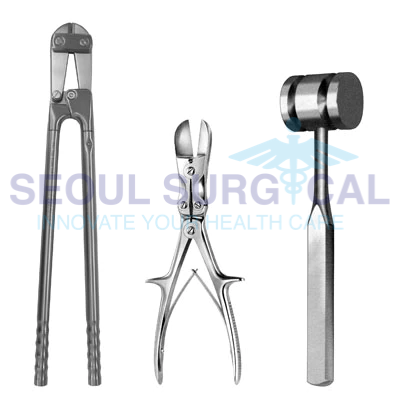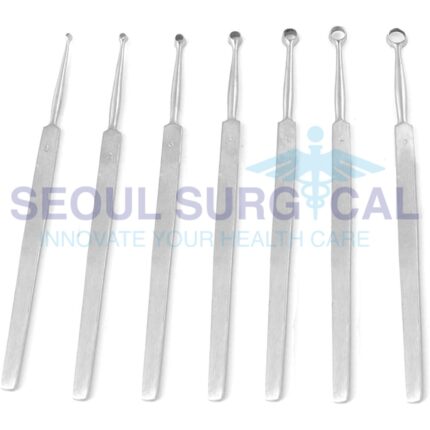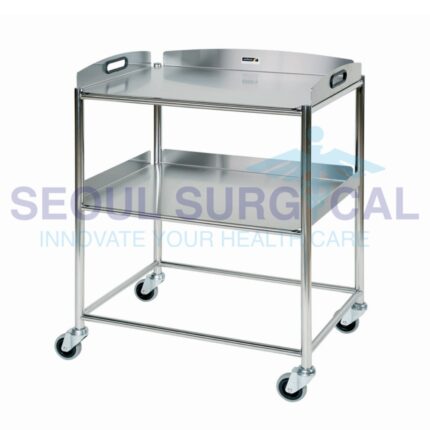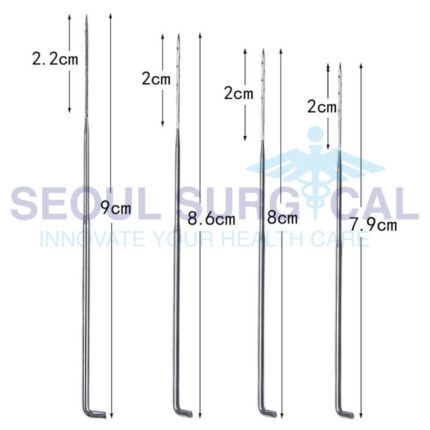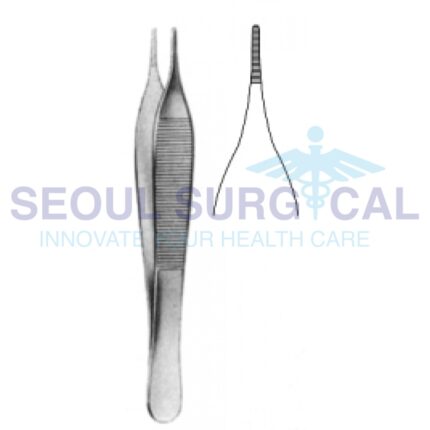Sewing Solutions: Navigating the World of Needles and Suture Materials
It's important for healthcare professionals to choose the appropriate needle and suture material based on factors such as the type of tissue being sutured, the location of the wound, and the overall surgical goals. Proper technique in needle handling and suturing is essential for achieving effective wound closure and optimal healing outcomes.
Sharp Entry, Smooth Suction: Optimizing Surgical Efficiency with Trocars and Suction Tubes
In laparoscopic surgeries, trocars are initially used to create access ports, and once access is established, various instruments, including suction tubes, can be introduced through these ports. Trocars are typically inserted under direct visualization using a camera system, allowing the surgeon to monitor the entry into the abdominal or thoracic cavity.
Sharp Precision: The Role of Surgical Scalpels in Modern Urological Procedures
It's important to note that the proper handling, sterilization, and disposal of surgical scalpels are crucial for maintaining a sterile surgical environment and preventing the spread of infections. Surgeons and healthcare professionals choose the appropriate type of scalpel based on the specific requirements of the procedure and the characteristics of the tissues being incised.
Sharp Solutions: A Guide to Choosing and Using Surgical Scissors in Urological Procedures
It's important to note that proper care and maintenance, including regular sharpening and sterilization, are essential to ensure the effectiveness and longevity of surgical scissors. Surgeons and healthcare professionals select the appropriate scissors based on the specific requirements of the surgical procedure and the nature of the tissues being cut.
Sharper by Design: The Essential Role of Surgical Scissors in Urology Operations
It's important to note that proper care and maintenance, including regular sharpening and sterilization, are essential to ensure the effectiveness and longevity of surgical scissors. Surgeons and healthcare professionals select the appropriate scissors based on the specific requirements of the surgical procedure and the nature of the tissues being cut.
Silent Partners: A Comprehensive Guide to Anesthesia Equipment in Medical Practice
Anesthesia equipment is carefully maintained and calibrated to ensure the safety and well-being of patients undergoing surgery or medical procedures. Anesthesia providers, including anesthesiologists and nurse anesthetists, are trained to use these instruments effectively and monitor patients closely throughout the perioperative period.
Sinus Surgery Precision: A Closer Look at Advanced Sinus Forceps
The choice of sinus forceps depends on the specific sinus involved, the nature of the procedure, and the surgeon's preferences. These instruments play a crucial role in sinus surgery, helping to improve sinus drainage, alleviate symptoms, and treat various sinus-related conditions. Surgeons use sinus forceps with precision to navigate the complex anatomy of the nasal sinuses and achieve optimal outcomes for patients.
Skeletal Precision: Navigating the World of Orthopedic Surgical Instruments
Orthopedic surgeons use these instruments for a variety of procedures, including joint replacements, fracture repairs, ligament reconstructions, and arthroscopic surgeries. These instruments are carefully selected based on the specific surgical technique and the anatomical structures involved. The goal is to achieve optimal outcomes in the treatment of orthopedic conditions and injuries.
Skin Deep Precision: A Guide to Dermatology Instruments in Skin Care
Sleek Solutions: Utilizing Stainless Steel Receptacles for Clean and Safe Environments
Sounds of Precision: Navigating Otology Instruments in Ear Care
It's important to note that many otology instruments are designed for microsurgery and may be used in conjunction with a surgical microscope for enhanced precision. These instruments play a crucial role in the diagnosis and treatment of various ear-related conditions, including hearing loss, infections, and structural abnormalities. Surgical interventions in otology are often intricate, requiring specialized instruments and the expertise of skilled otologists or ENT surgeons.
Splinter Precision: A Comprehensive Guide to Using Forceps for Removal
When using splinter forceps, it's important to follow proper hygiene practices and clean the forceps before and after each use. Sterilization may be necessary, especially in clinical settings, to prevent infection. Splinter forceps are a handy tool for prompt and precise removal of foreign bodies, providing relief and preventing potential complications associated with embedded objects in the skin.

